With this post, I am inaugurating a new series on this blog, called “The Jewish Food Bookshelf.” I love Jewish Food History, and there are so many wonderful sources out there to get educated on the topic. In the past, I have tried to footnote and credit the many amazing books I have used as resources for my posts. And over the years I have come across so many excellent works, from cookbooks to memoirs to historical studies, some of which I have written about in previous posts.
I assume that if you are reading this blog, you also have an interest in the history and culture of Jewish Food, though you might not have been exposed to the books and sources that I have. Thus, I hope to periodically write a short review or description of selected books that I have come across and liked. Hopefully it will spark you to get one or two of them as well.
I will certainly cover many of the classics of Jewish Food studies (as I see them) down the road. But I wanted to start with a new and intriguing book that has just come out this year. In Sephardi: Cooking the History. Recipes of the Jews of Spain and the Diaspora, from the 13th Century to Today, author Hélène Jawhara Piñer has fused many elements into a single informative and practical cookbook. The book’s subtitle may be a bit unwieldy, but it describes in perfect detail what this book encompasses.
Fusing Two Interests
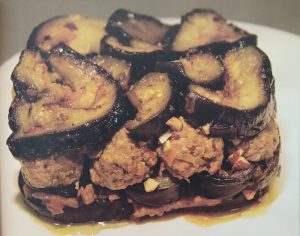
Piñer also extends the scope of her study by looking at the foods that have remained part of the cooking within the widely dispersed Sephardic diaspora community. Rather than watering down her study, this actually gives it depth, showing the enduring vibrancy of a medieval cuisine that has left its imprint on those many cooks who descend from the source culture. Many excellent cookbooks have looked at modern Sephardic cooking, both broadly and within specific sub-cultures. This one places the modern recipes in the context of their medieval Spanish roots. Similarly, by looking both at the foods of the Jews while they were in Spain, and at the gastronomy of crypto-Jews, she presents a more complete portrait of the overall cuisine.
The final aspect that Piñer puts in her book incorporates the other side of her character. As an experienced chef, she ends Sephardi with a number of her own recipes, inspired by or updating classic dishes of the cuisine. This also adds a contemporary feel and a greater degree of practicality that was lacking in a book like Drizzle.
Diverse but Haphazard
This book definitely offers a great combination of many things. Unfortunately, this does make it feel a bit haphazard and unfocused at times. Still, this does not mean it is not a worthwhile cookbook for those interested in the subject. Just that few people will find equal value in all of it. Each can find something of use and interest while skimming over other parts!
In particular, due to the brevity of her headnote explanations, I felt a few of her claims were somewhat dubious. Luckily for me (and hopefully for you), however, this book is one of two that Piñer was working on at the same time, with the second to be published next year. That one is an academic study, rather than a popular cookbook, so I expect to read much more detail and research when that one comes out. Very much looking forward!
A few of the more interesting parts for me personally include an exploration of the connection between Jews and eggplants, recipes for a few specific Shabbat stews (the subject of my book), and the wealth of Sephardic sweets that show the enduring power of this old cuisine. Between these, the eight explicitly “Jewish” recipes found in medieval Arabic sources, Piñer’s own modern creations and the accessible versions of recipes from half a millennium ago, this book offers a lot of intriguing material for you to choose from if you are looking to explore this large branch of Jewish cuisine and Jewish Food History.
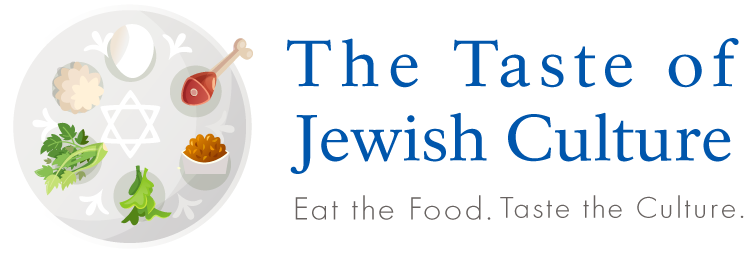
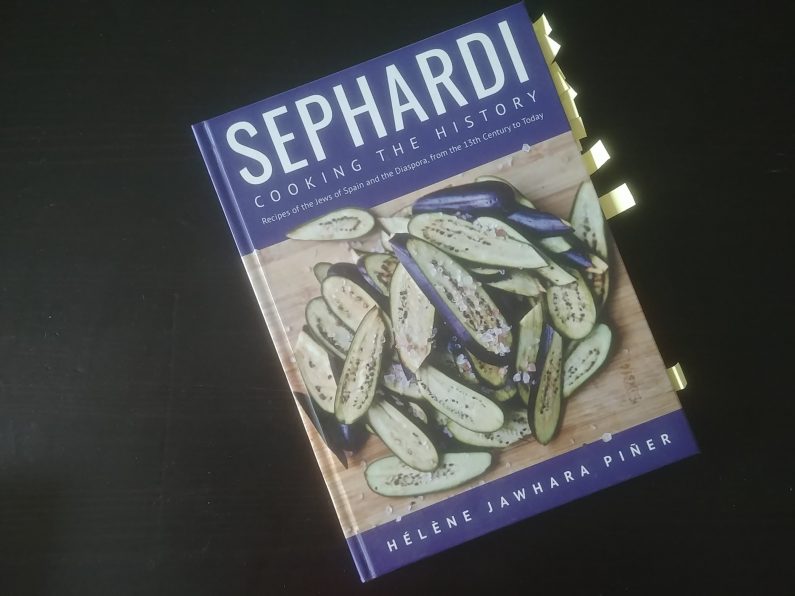
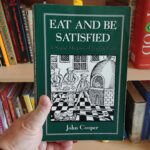


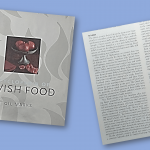

Viviane Bowell
It’s lovely to see such an interest in Jewish Food history. I have just written a recipe book called A Culinary Legacy, Recipes from a Sephardi Egyptian kitchen. I was born and brought in Egypt, with a Sephardi family on one side and a Judeo Syrian one on the other. The book reflects that heritage, as well as many Egyptian recipes. However, it is simply a recipe book, which also contains personal notes and memories. I am not publishing the book as yet, as I have also written a book about my childhood in a Sephardi community in Egypt and I am concentrating on this at the moment. I will probably be ready to make the recipe book available in Spring and perhaps I could contact you again at that time should you be interested.
FunJoel
So nice to hear from you Viviane! And I would love to hear more about your Jewish-Egyptian food. I certainly know some, but am always happy to learn more. Feel free to email me and we can discuss some things.
If/when the book comes out, I’d be happy to read it. 🙂
Jewish Food Bookshelf: Encyclopedia of Jewish Food
[…] time for another edition of From The Jewish Food Bookshelf. This time around, I’m featuring a highly recommended […]